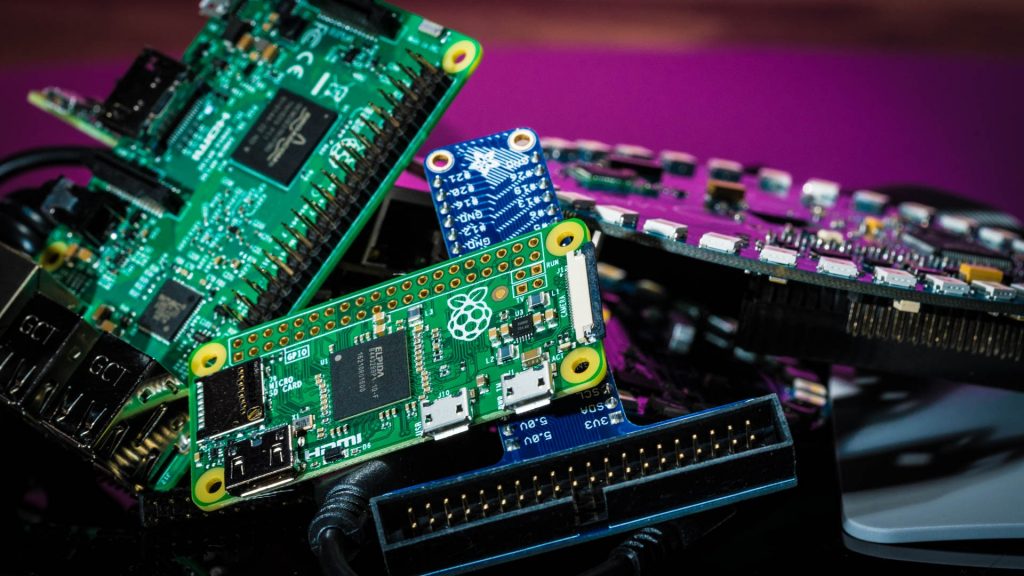
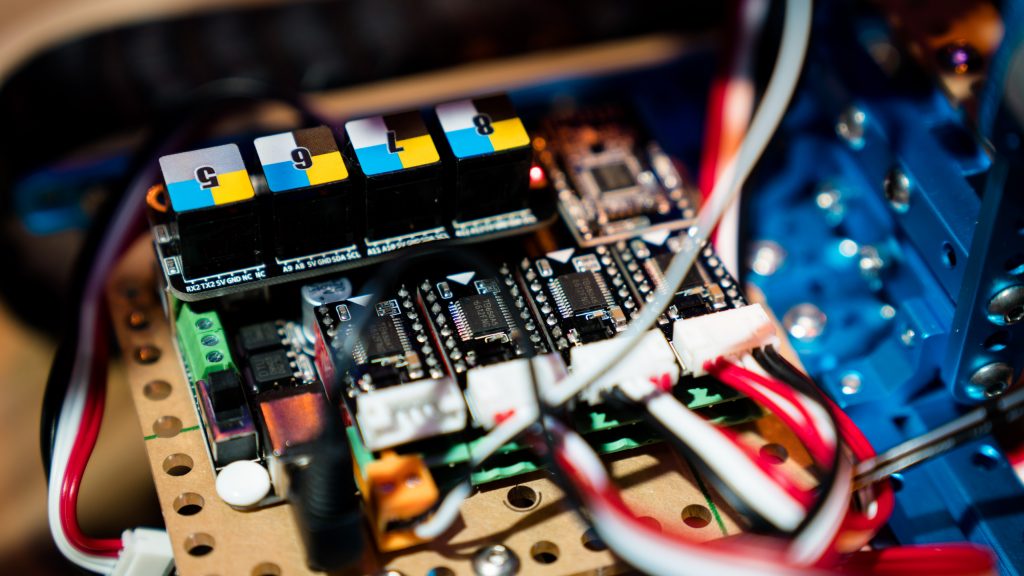
In the tech world, there are tons of niche pockets of innovation, with dedicated fans pushing the limits of what can be done and not settling for out-of-the-box standards. In the PC realm, enthusiastic DIYers meticulously select components that will optimize performance, and cater to a specific style or need. In the DIY category, a potentially smaller (yet no less passionate) subset of builders is breaking the boundaries of tech innovation, known as Makers. Coming from all walks of life, Makers are letting their creativity run wild to build outside the constraints of off-the-shelf goods.
What is the Maker movement about?
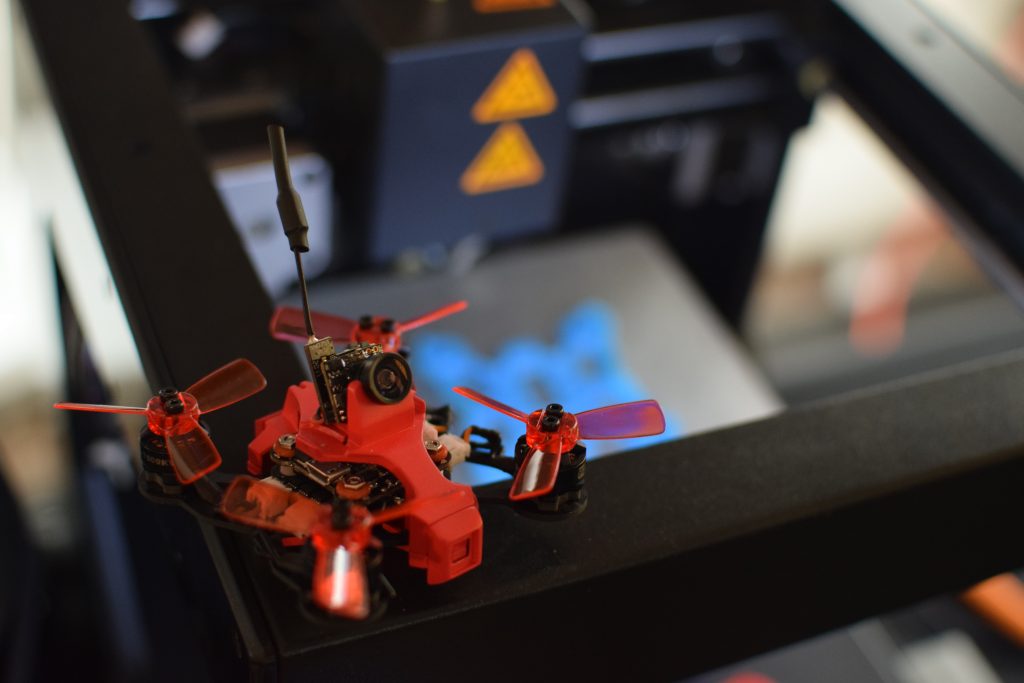
The Maker category is broad, and consists of various verticals with focal points in STEM (Science, Technology, Engineering, Math), development boards, robotics, 3D printing, programming, constructing, and general invention. The Maker movement itself is a celebration of innovation, exploring, testing, building, troubleshooting, and asking questions.
The DIY spirit that drives individual empowerment and forward technical thinking is something that many of us have, back before the Maker movement was even coined. Remember ERECTOR Sets and Meccano kits? Those early metal sets were some of the first Maker products for kids, which paved the way for the STEM category to become an integral part of developing skills in science-based areas.
A Maker Seed with STEM
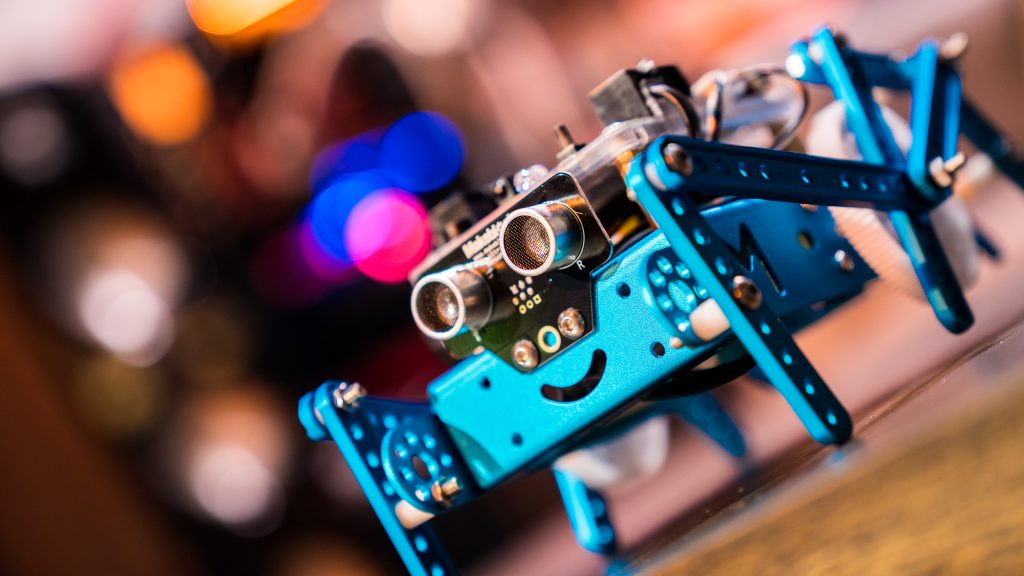
It helps to think of the Maker hobby as a kind of “science fair mentality” but much more involved, where iterative processes start with an idea and blossom outwards into reality. There are different levels to the Maker movement, with the most basic starting out with younger kids, and STEM toys.
Not all STEM toys can really be considered “Maker” material, since some of the younger age group toys are much more basic like building blocks, but many of them are priming kids for the next jump into full-blown Maker hobbyists. Toys that support coding basics, with either drag-and-drop or elemental coding are becoming very popular, and toys like the Piper build kit have a very fun methodology for teaching this by showing kids how to build a functioning Minecraft gaming micro PC, with programming and all.
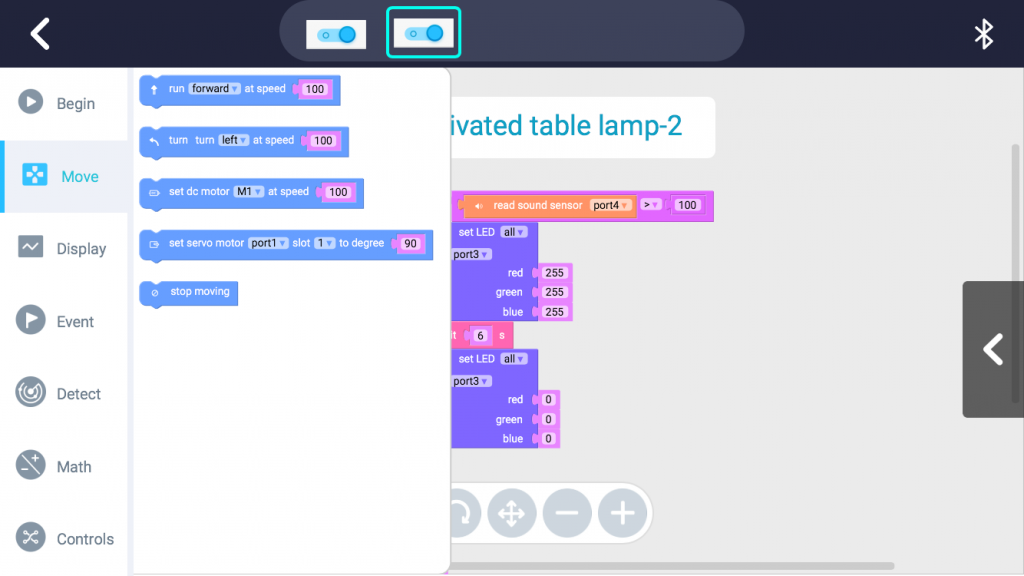
Other STEM toys in the Maker field use pre-built products such as programmable drones, frisbees, or other devices with easy-to-use coding interfaces like Scratch to teach youngsters programming basics in an interactive manner. This all sets the stage for the iterative mindset that creates a lifelong Maker, with advancements to development boards (Maker boards).
What are Development Boards, and What Can You Do with Them?
Development boards (or Maker boards) are essentially single-board computers in small form-factor, with limited hardware or interface support that are designed to give programmers full access to design their own functionality.
So what can Makers use development boards to create? Virtually anything that can be conceived can be done with these small devices. Think of the boards as conduits, which hold and execute code to make things happen. Some Makers use development boards to create mini SNES gaming consoles, power robots, media controllers, home theater PCs (HTPCs), or even building a fully-functional Daft Punk LED helmet.
These boards can also be used for IoT devices, as some come equipped with Wi-Fi or Bluetooth capabilities that can be used to automate ordinary home electronics, control lighting, or even set up automatic watering devices for plants. As most Smart Home products are quite expensive, innovative DIYers looking for a challenge can design, build, and run their own “smart” devices while saving a ton of money (and having fun along the way).
Which Development Board is the Best for You?
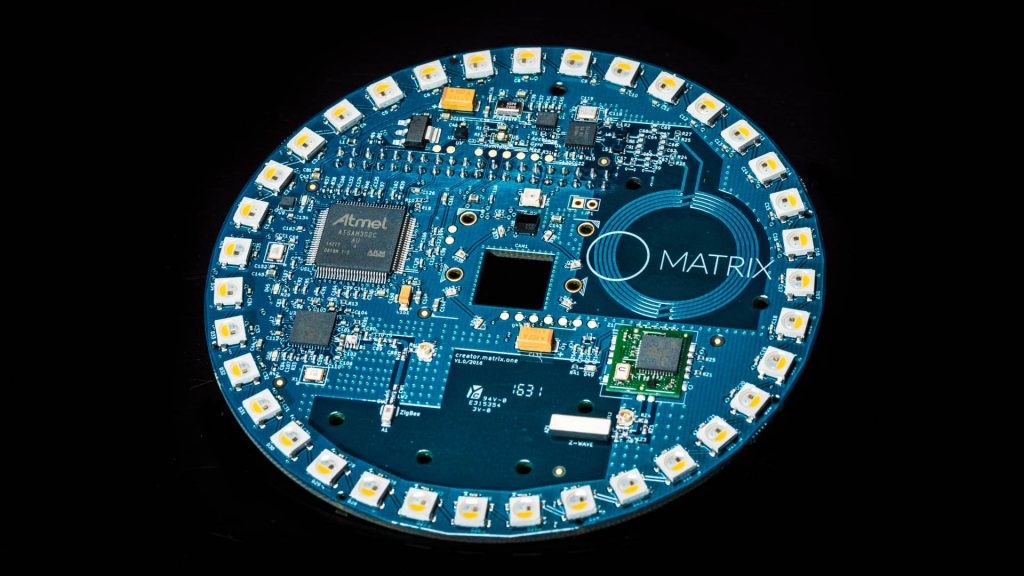
There are a variety of factors that go into choosing the best Maker board for your specific use case. Cost, processing capability, input devices, expansion board usage, and code space available are among some of the factors that go into choosing the right board. The prices can range from as low as $4 to upwards of $500, with a multitude of functionality differences in between.
The Raspberry Pi line of boards are very popular, and for beginners many are offered in kits for specific purposes that make a foray into the hobby a bit less daunting. The Arduino family of boards is also very well-regarded, however there are tons of other options like SeeedStudio, VoCore 2, UDOO Neo, Qualcomm DragonBoard, NVIDIA Jetson, Intel Edison and Joule, along with many, many more.
When building more advanced projects, expansion boards (also called hats, shields, or capes) will come into play. These are specialized elements that help to enable aspects of the boards, so they can be better utilized for specific actions.
A great guide to all the development boards can be found at Makezine, with some expansion boards function highlights below:
- MOTOR boards control hobby servos as well as stepper, brushed, and brushless DC motors. Available for everything from small pager motors to units rated one horsepower or more.
- DISPLAY boards may control a small text or graphic LCD display directly, or they can generate video signals for HDMI, VGA, and old-school composite monitors.
- AUDIO boards convert signals from a microphone or audio input into digital data, as well as change digital data into audio waveforms for output.
- PROTOTYPING boards let you permanently connect wires and components to a project.
- PHYSICAL INTERFACE boards offer general combinations of inputs like joysticks, push buttons, or knobs. On the output side, mechanical or electrical relays are pretty typical.
- STORAGE boards typically have flash memory, often in the form of card slots for SD or microSD cards. Useful for logging data or playing back audio and video to a display.
- SENSING AND MEASURING boards can measure light, sound, temperature, air pressure, acceleration, rotation, position (GPS), and more.
- COMMUNICATION boards offer Wi-Fi, Ethernet, Bluetooth, cellular, CAN, USB, XBee, RFID, 1-Wire, etc.
Beyond the Board
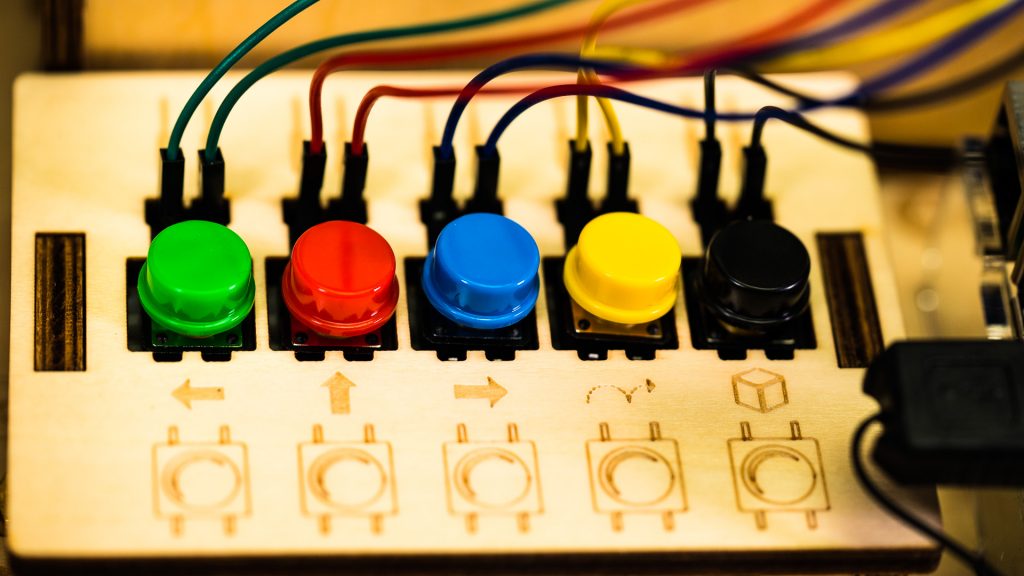
Another element to the Maker category that allows creators to turn concepts into reality are 3D printers, which literally make ideas come to life. 3D printers take computer-generated designs (either downloaded from various marketplaces or self-created), and use specialized printers to literally print tangible objects in 3D.
The objects are printed from a plastic-like filament, which is heated and then formed into the desired shape layer by layer. There are various complexities to the 3D printing process, such as filament color, strength, type, size, and more that make it an in-depth hobby (that can get expensive).
While purchasing a full-fledged 3D printer may be a big leap, there are more economical models for newcomers to dabble in the craft, like 3D printing pens for micro structures.
What Will You Make?
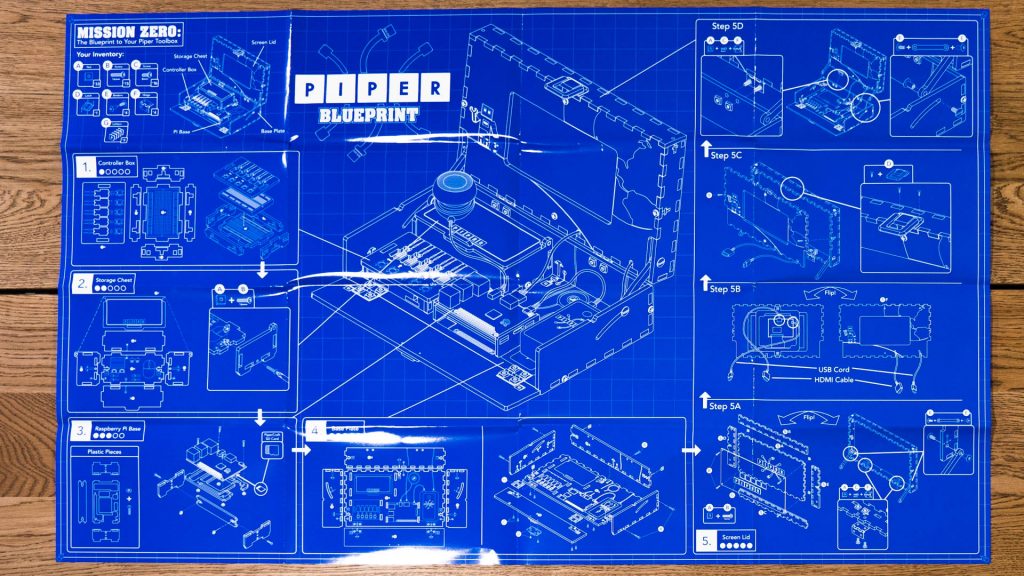
The Maker landscape is wide and full of possibility, with an endless supply of materials to turn dreams into reality. The movement is growing stronger as well, with more and more innovative individuals from all walks of life discovering the power they have to push themselves to discover, build, and never stop questioning. If you can dream it, you can build it.

